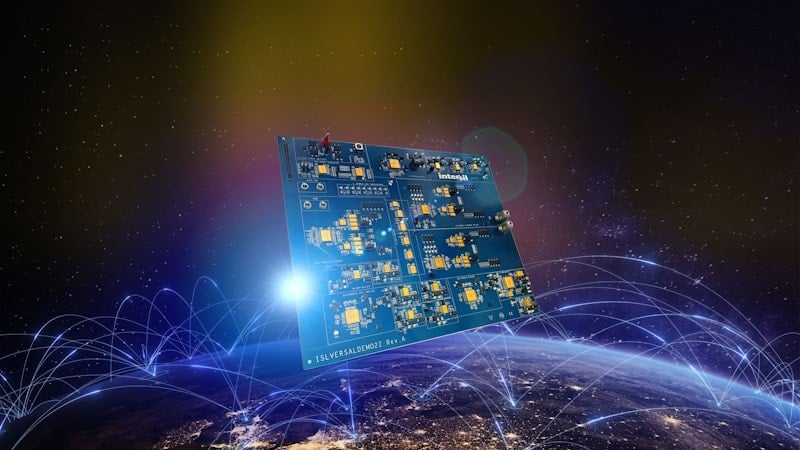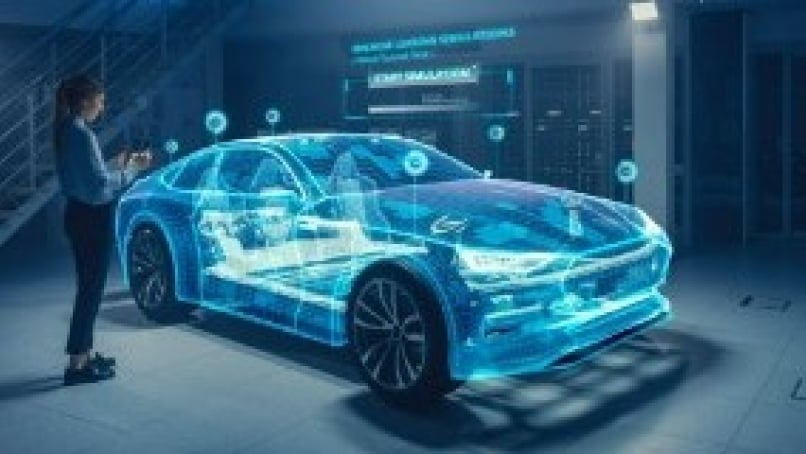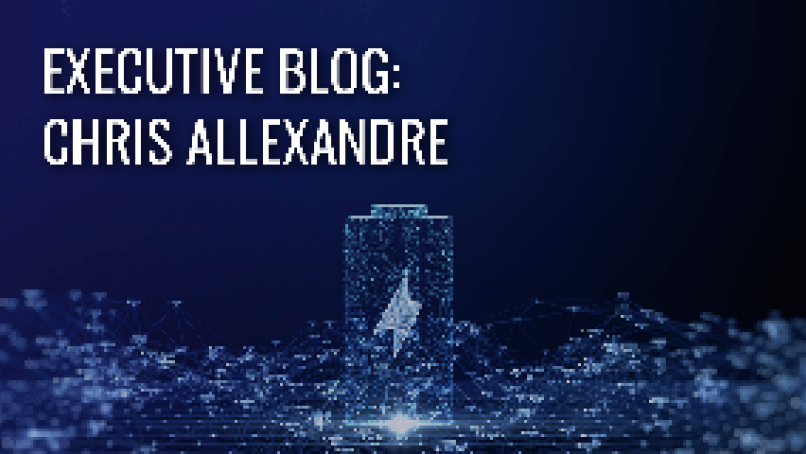India’s historic Chandrayaan-3 lunar landing at the Moon’s southern pole is the latest indicator that the space business is booming again. This is especially true for Renesas Electronics, which is honored to have supplied the Chandrayaan-3 mission with more than 30 Renesas radiation hardened components. In keeping with our goal to provide aerospace engineers with high-reliability (Hi-Rel) solutions to meet the demanding requirements of traditional and ‘new space’ applications, we also recently completed a space-ready reference design for the AMD XQR Versal™ adaptive system-on-chip (SoC). This new design integrates key radiation hardened power management components that support a wide range of power rails for next-generation space avionics systems. In a recent interview, Chris Stephens, VP and GM of the Hi-Rel Business Division, provided a look inside what’s driving the space race for Renesas and what lies ahead.
Q: What’s going on in space, and why does it seem like we’re seeing a resurgence in launch activity?
Chris: I would say there's been a renaissance in space that began about 2016, and today every country and space agency is doing more. A lot of this is being driven by what SpaceX was able to do with their reusable Falcon launch vehicles. Things have become very turn-key and much more reliable and cost efficient. There are far fewer scrubs and cancellations than was common 15 years ago, and the cost of putting a payload into space is less, because of easier and cheaper access to the launch vehicles. It's much more feasible to launch a satellite at $1400 per kilogram vs. the ~$55,000 per kilogram costs from previous decades.
Q: With the proliferation of low-cost, low-orbit communications satellites like the SpaceX Starlink network, are we seeing a shift away from fully radiation hardened components used in long space missions in favor of less robust radiation tolerant devices?
Chris: Every time we talk to somebody that doesn't live and breathe this business like we do, that's always the first point of clarification. The prevalence of low Earth orbit launches doesn't mean that there's an evolution away from rad hard to rad tolerant. Both segments are growing. It's really more about the mission profile, and that requires that we go below the surface and ask, “What are the dynamics at play for a particular customer?”
For instance, LEO commercial broadband constellations (e.g. Starlink, Kuiper, OneWeb, etc.) use a mix of commercial off-the-shelf (COTS) parts out of catalogs and radiation tolerant parts. They don’t exclusively use rad hard components as it would make their satellites too expensive. However, for other low Earth orbit missions, if the payload has a long mission life, then they'll usually want at least rad tolerant for all of the components. We find that many of these customers, especially if it's a military or a weather satellite, tend to prefer our fully radiation hardened products. So, our business is growing dramatically, and while we're building out our radiation tolerant parts catalog we’re growing our radiation hardened business at the same time and exceeding market growth.
Q: Under this scenario, what are some of the biggest growth drivers you’re seeing in the industry?
Chris: Given the increased launch accessibility, we’re seeing all kinds of new applications that are garnering significant investment – everything from maritime to agriculture and missile detection to government 5G backhaul networks. On the other end of the mission profile spectrum, we’re seeing a lot of activity around space exploration, and of course, the NASA Artemis, which aims to return astronauts to the Moon in 2026 is certainly capturing peoples’ imaginations. Another driver is potential political instability, which is definitely driving defense and space budgets for many countries around the world. We're just seeing a lot of activity across the board for various reasons.

Q: What’s next for Renesas in terms of enabling customers to expand their space mission ambitions?
Chris: One of the big trends that’s happening is putting additional processing capability up in orbit for various market subsegments like commercial and government. Our customers are moving towards reconfigurable and reprogrammable processing with FPGAs that enable real-time decision making using artificial intelligence.
The key is doing so while managing power budgets given that these new processors require higher current at lower core voltages. The space-grade power management solution we announced with AMD in July is a great example of this. Earlier AMD Xilinx FPGA cores operated in the 20- to 30-amp range, but now we’re looking at applications that require 100 amps or more. With our new Versal Reference Design, we're able to address the high-power, low-voltage, high-current requirements of the core and then expand from there.
Our recent product releases are geared toward reductions in size, weight, power, and solution cost (SWaP-C) while ensuring error-free processing. By accurately sequencing up and down more than 20 different power rails and designing in protection switches, we help make sure the FPGA doesn't take down a $100 million spacecraft with it. That's been huge for us and really gets to the heart of a major trend in the space market.


